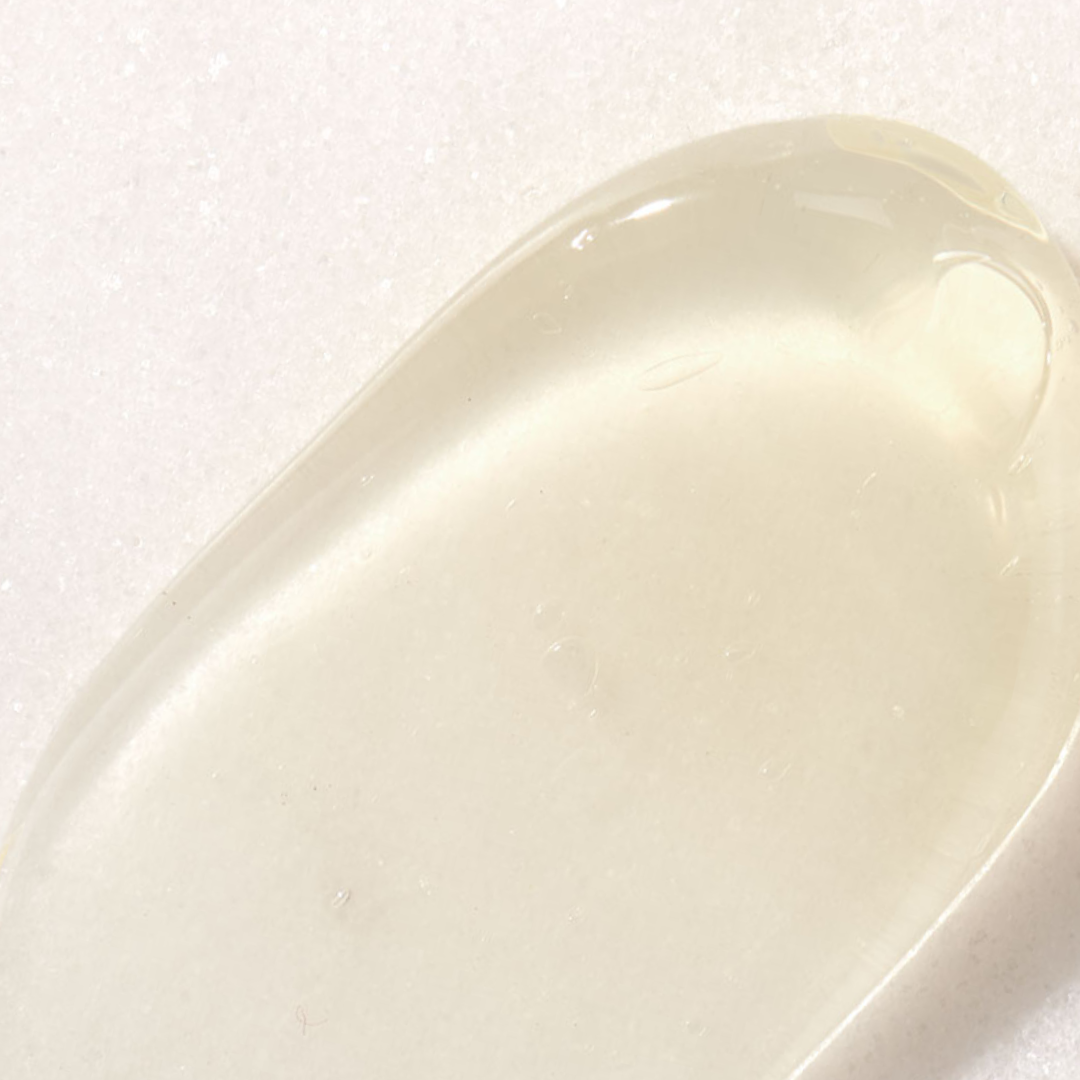When it comes to seasonal skincare, many of us are already familiar with the idea of switching out key products, such as cleansers and moisturizers, when environmental factors, such as heat and humidity, begin to seesaw…
But what happens when your facial skin seems to be vying for the famed dual role of the Swan Queen in Swan Lake and is behaving in contradictory ways?
A great strategy for coping when your skin's inner Odette and Odile are dueling, is to treat your skin according to its individual ecosystems. Facial skin is not always a homogeneous entity and there may be times when certain areas of your face are oily and more prone to breakouts while other patches are uncomfortably dry. When this happens, it can be helpful to think of your face as a map containing regions with differing climates. Just as you would water crops in desert regions much more aggressively than crops in the tropics, it is necessary to provide varying levels of nourishment to the differing regions of your skin.
How you might identify and target the different ecosystems of your facial skin will most likely be dictated by both pore density and mechanical friction.
What, exactly, does this mean? Let's dive in!
This means that you will probably want to use lighter products on areas with a higher density of pores, as this tends to signify areas of greater oil production. These oily zones are typically found in the T-zone (forehead and nose). Likewise, heavier, emollient-rich products may be more appropriate in areas that have fewer visible pores and experience more mechanical friction (a.k.a. facial movement), such as cheeks, corners of the nose, around the mouth, and possibly, the corners of your eyes.
That being said, the map of each person's facial ecosystems, i.e. the location of their dry and oily areas, will vary from individual to individual and may change over time according to fluctuations in external environmental factors. That's why it's important to frequently reassess your skin's current conditions and customize your skincare routine accordingly.
Below are some examples of how you might get contrary Odette/Odile skin performance ready:
- If your T-zone feels like an oil slick but the rest of your face is Sahara-dry, consider using two moisturizers. Apply a lightweight lotion like like The Performance Cream all over, and double down on dry cheeks by layering a richer option like Moisture Recovery Cream.
- Exfoliants can be spot treatments too—especially for anyone prone to sensitivity. Just because the label says a product can be used all over doesn't mean you need to. Try applying exfoliating acids just to areas with more congestion and pore concerns, like the T-zone. No need to sweep it over cheeks if you notice it causes dryness or irritation.
- Multi-masking is combination skin's best friend. A soothing, moisturizing mask may be too nourishing on congestion-prone areas, and a purifying mask may leave dry areas feeling parched. Enjoy the best of both worlds by applying Matinee Cream Cleanser to your T-zone or breakout-prone areas, while a mix of After Show Sensitive and Hydrate Facial Serum form a calming cream mask for areas in need of extra moisture.
If you would like to read more content like this, delivered directly to your inbox, sign up for our email newsletter by clicking here.
- New email subscribers receive will receive 15% off their next order on www.jordansamuelskin.com!









